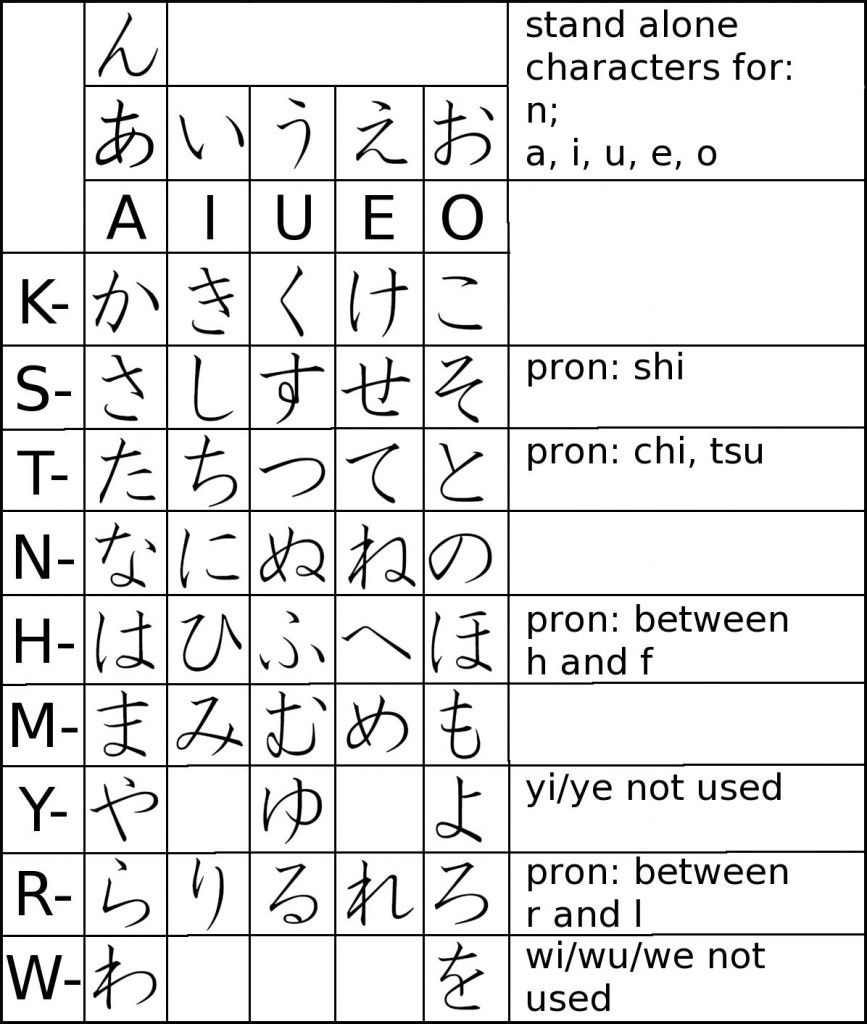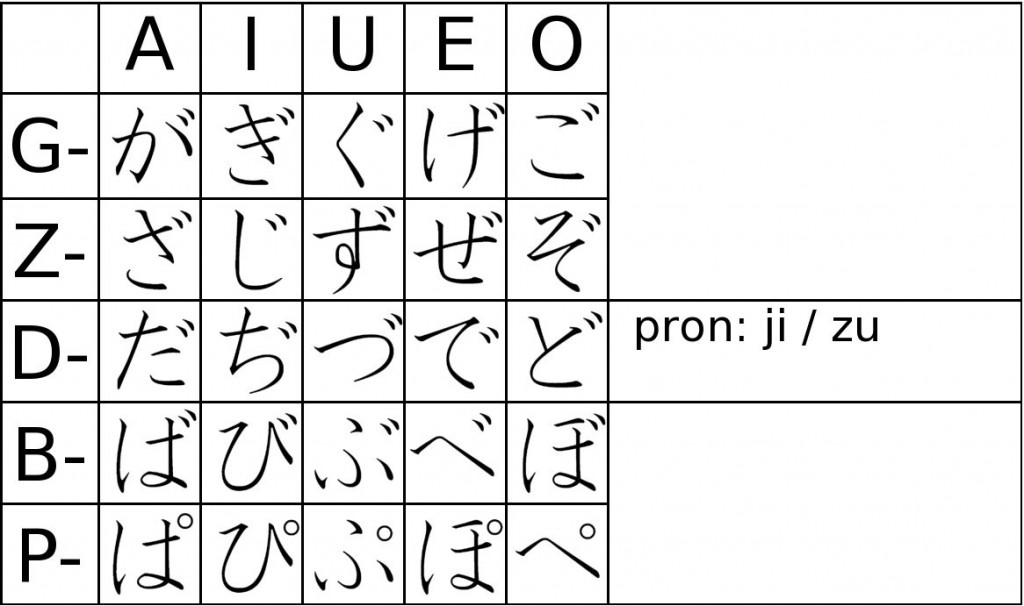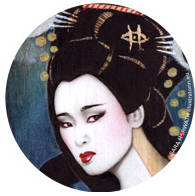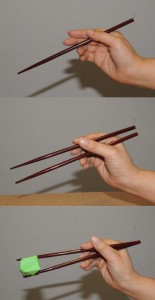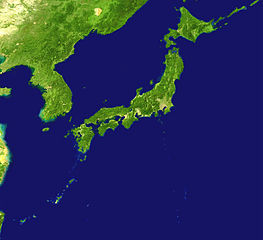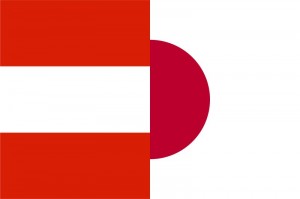Moving to a new country, nay, a new life even, requires some serious thoughts and planning.
Unless you are of the extremely adventurous persuasion, who can move anywhere with only a carry-on and a week’s notice, of course.
In my age, however, I need somewhat more security, so here is a list of things that require some thinking and research beforehand.
Living arrangements
Japan is obvious, but which region and city? I have visited many cities in Japan, from Otaru in Hokkaido to Fukuoka in Kyushu. I have seen Hiroshima, Tokyo, Sendai, Niigata… but none of those places have fascinated me as much as Kyoto. It is wonderful with its mixture of traditional and modern Japan, and with about 1.5 million inhabitants it’s tiny for Asian standards – especially when compared to the moloch of Tokyo. Also I hope that in Kyoto, being a center of touristic activities, it may be a good place for foreigners seeking work.
Employment
That is the next thing to worry about. I will need a work visa to be able to work in Japan, to be able to open a bank account, etc. This means I will need a job, preferrable before moving there. That, however, is the tricky thing, as so far I have only decided that I need a change of career, but not to which one. Apparently, there are many foreigners living and working in Japan illegaly on a 90 days tourist visa, but as I want to build my life there, this is not an option. Some serious soul searching has to follow, and rather quickly at that.
Language
Japanese is a rather diffcult language to learn for a European. Once the japanese writing is mastered – the Hiragana and Katakana – there are still thousands of Kanji – Chinese characters – to learn. Not to mention the grammar, which is completely different from any Western language I’ve ever studied. The simple sentence “I want to go to the library” turns upside down into “Library to go want”, with all the action hidden in the verb at the end of the sentence. I have been learning Japanese on and off for two years now, and it went fairly well in the beginning. However, once I reached the heights of Japanese politeness, with new expressions, vocabulary, and grammatical delicacies, I found myself facing an enourmous roadblock. I will have to invest some serious work here, to not only be able to talk somehow, but to talk politely.
Belongings
While I would love moving with as few possessions as possible, unfortunately this does not appear to be feasible. My life so far has created an abundance of stuff: family heirlooms, treasured photographs and beloved pieces, practical and useful belongings, in short odds and ends of an existence I am not willing to give up entirely. Of course there is the option of leaving some of those things with well meaning friends and getting them piece by piece, but I think this may only strain the relationship with my friends, and besides, it only postpones the problem. So, I will have to sort through all my belongings one by one to decide what to do with them. Some decisions will be easy: I cannot take any electrical appliances, as electricity in Japan has 110 V only. Others will be hard: I love my books, all 1000 of them… and what about my heirloom china? I have found that it’s easier for me to part with things if they go to a new home where they are used again. I hope I will find many such places for many of my things.
Help
A big move like this one is not possible without some help from outside. So far, I have kept rather quiet about my plans, but sooner or later I will need assistance on various levels. The first thing to do is go to the Japanese embassy to find out about visas and other legal procedures before an immigration. Also, I know quite a few people – both expats and natives – in Japan, although not all of them live close to Kyoto. I want to let them know about my plans, and I will try to overcome my fears and actually ask for help once in a while. Maybe this way, things will go as smoothly as possible. There is one person I would like to ask being my mentor for Japanese culture and customs, but I want to wait with approaching him once I have actually arrived in Japan.
Big plans, long to-do list. I hope I will manage all of this in time…
 Whenever I talk about my plan to emigrate to Japan, people get curious. Interestingly, the question I hear most often is: “But, Fukushima – are you not afraid?”
Whenever I talk about my plan to emigrate to Japan, people get curious. Interestingly, the question I hear most often is: “But, Fukushima – are you not afraid?”
